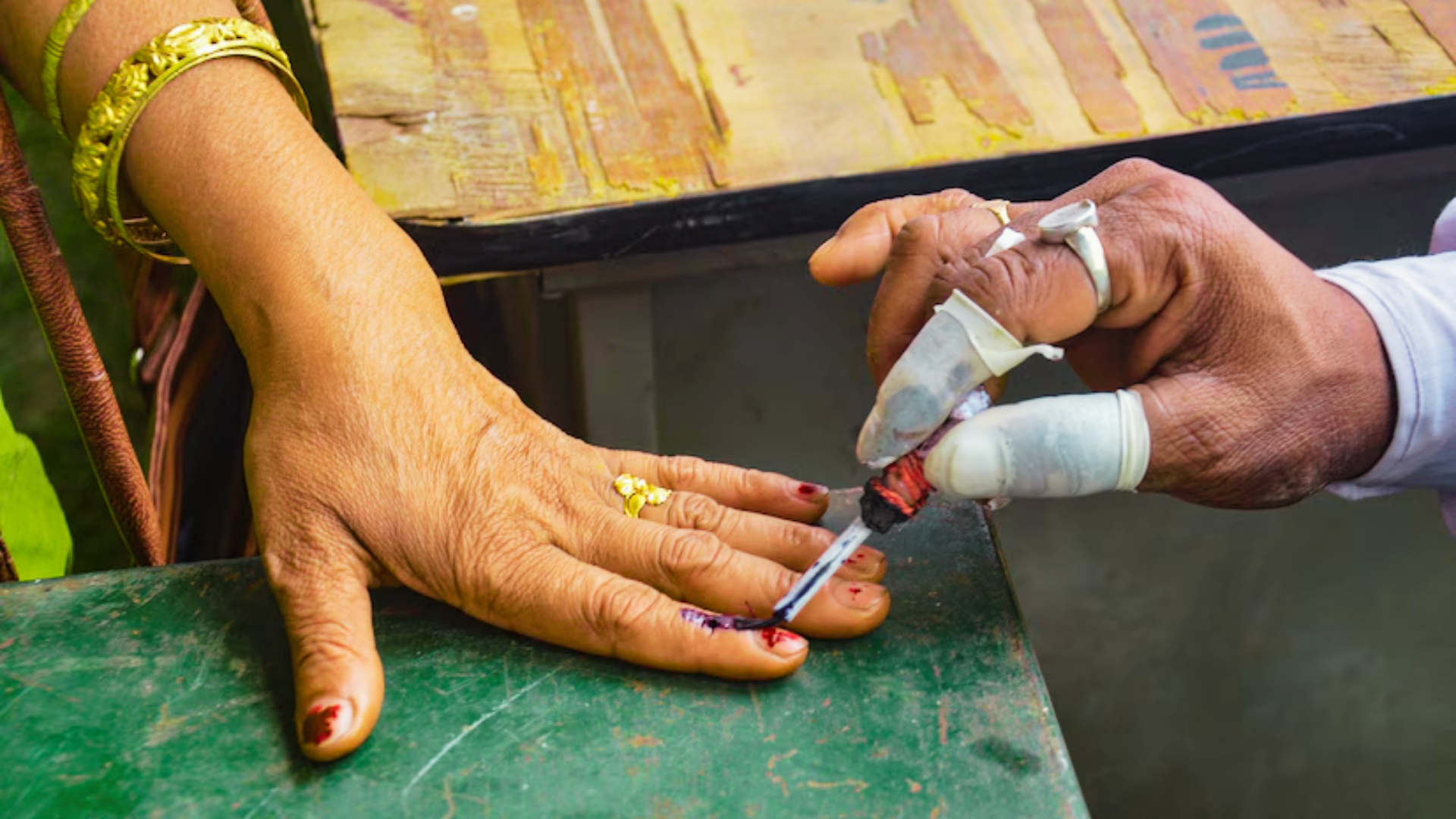










For unexplained reasons, males are more prone than women to get most cancers. According to a new study, rather than behavioural variations in smoking, drinking, eating, and other activities, the answer may be underlying biological sex differences.
The findings of the study were published online by Wiley in Cancer, a peer-reviewed magazine of the American Cancer Society. The causes of sex inequalities in cancer risk may be better understood, which might aid in prevention and treatment.
To investigate, Sarah S. Jackson, PhD, of the National Cancer Institute, part of the National Institutes of Health, and her colleagues, assessed differences in cancer risk for each of 21 cancer sites among 171,274 male and 122,826 female adults aged 50-71 years who were participating in the NIH-AARP Diet and Health study from 1995-2011.
During that time, 17,951 new cancers arose in men and 8,742 in women. Incidence was lower in men than women only for thyroid and gallbladder cancers, and risks were 1.3- to 10.8-times higher in men than women at other anatomic sites. The greatest increased risks in men were seen for esophageal cancer (a 10.8-times higher risk), larynx (a 3.5-times higher risk), gastric cardia (a 3.5-times higher risk), and bladder cancer (a 3.3-times higher risk).
Even after accounting for a wide variety of risk factors and carcinogenic exposures, men still had a higher chance of developing most malignancies. Indeed, the male predominance of most malignancies was only partially explained by variations in risk behaviours and carcinogenic exposures between the sexes (ranging from 11 percent for esophageal cancer to 50 percent for lung cancer).
The results imply that biological variations between the sexes, including those related to physiology, immunity, genetics, and other factors, have a significant influence in the susceptibility of men vs women to cancer.
“Our results show that there are differences in cancer incidence that are not explained by environmental exposures alone. This suggests that there are intrinsic biological differences between men and women that affect susceptibility to cancer,” said Dr. Jackson.
An accompanying editorial discusses the study’s findings and notes that a multifaceted approach needs to be in place to address sex disparities in cancer. “Strategically including sex as a biological variable should be enforced along the whole cancer continuum from risk prediction and cancer primary prevention, cancer screening and secondary prevention, to cancer treatment and patient management,” the authors wrote.
“Examining and addressing sex disparities in cancer and other diseases is an ongoing quest. Bench to bedside translational studies which effectively transform the existing research findings into clinical practice is a scalable means within easy reach to achieve precision medicine and will mitigate–and may ultimately eradicate–sex disparities in cancer.”










